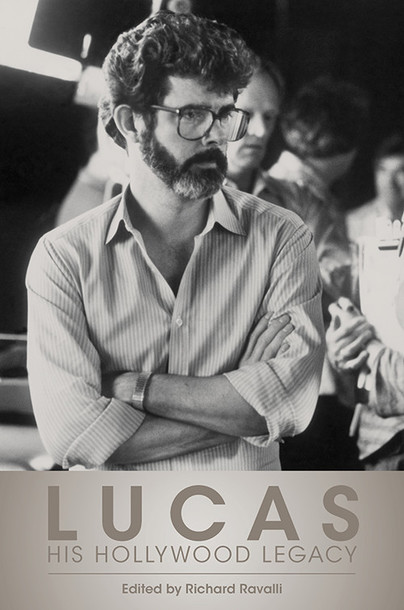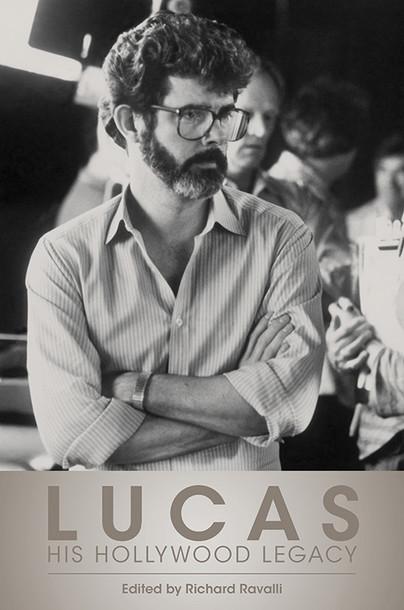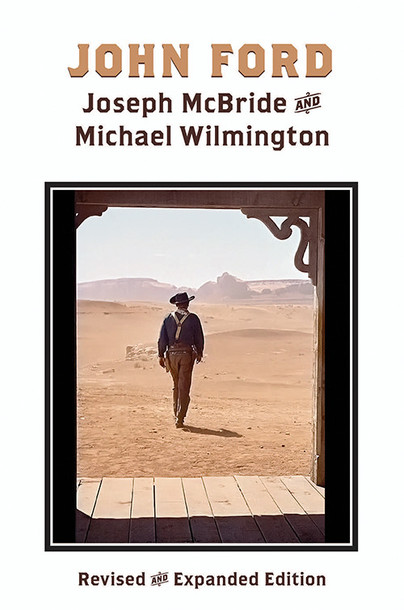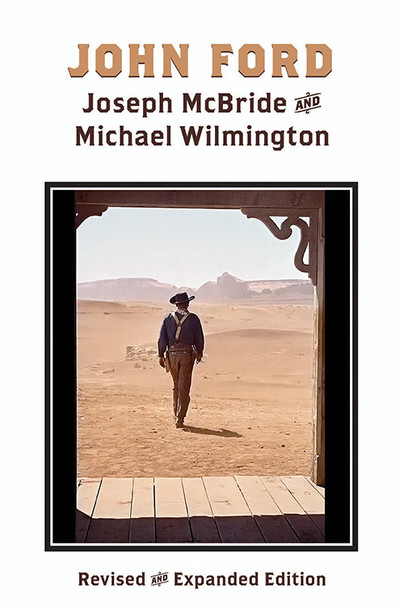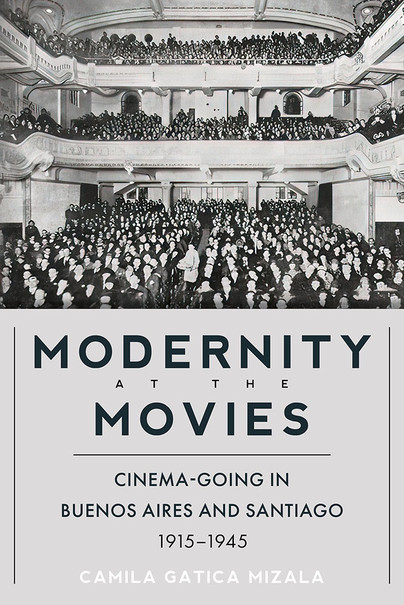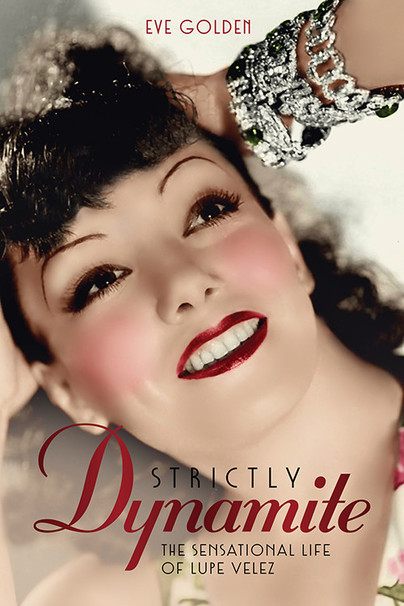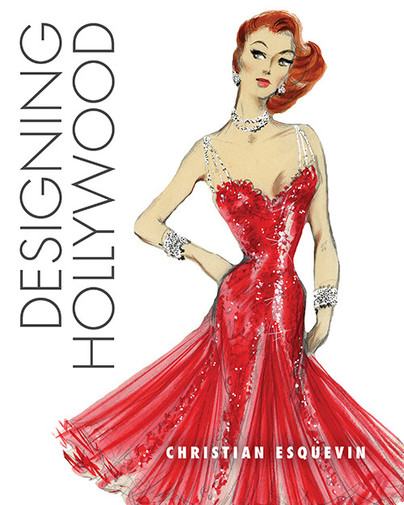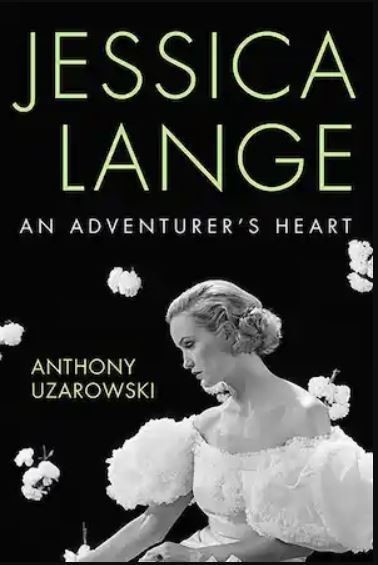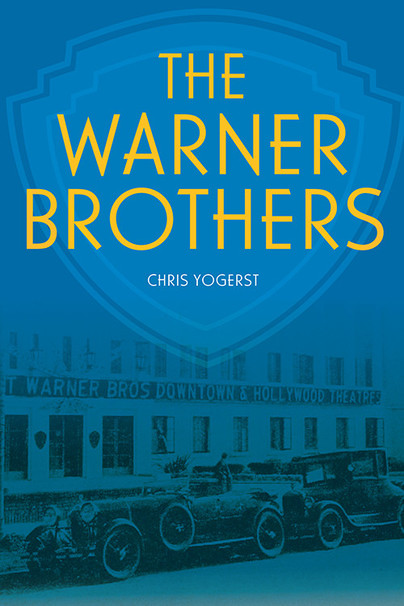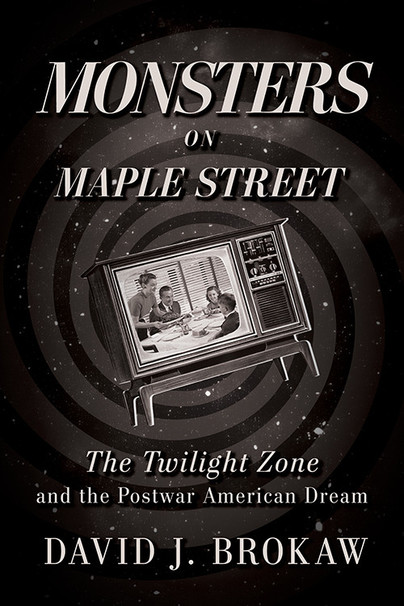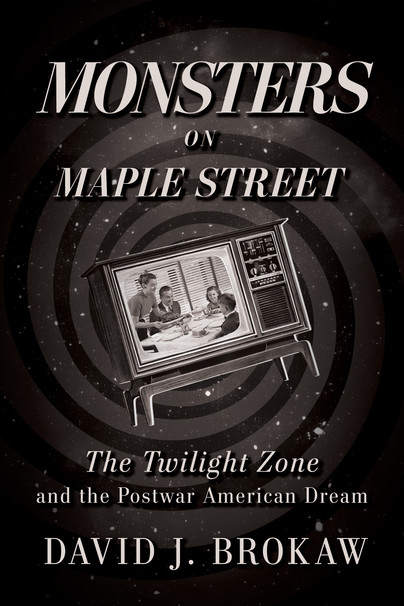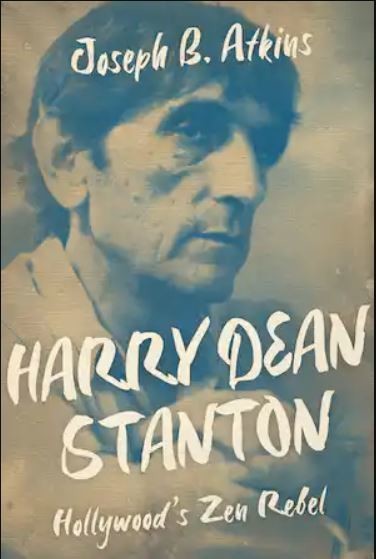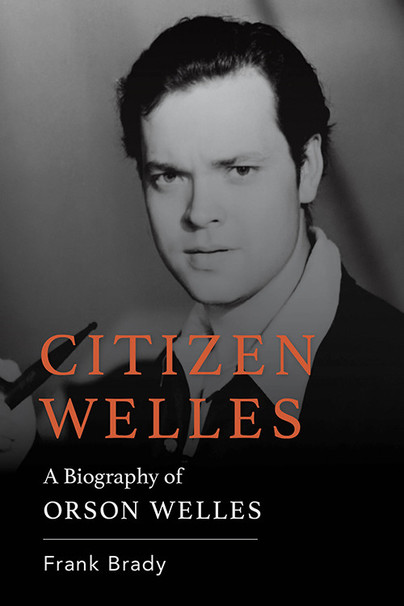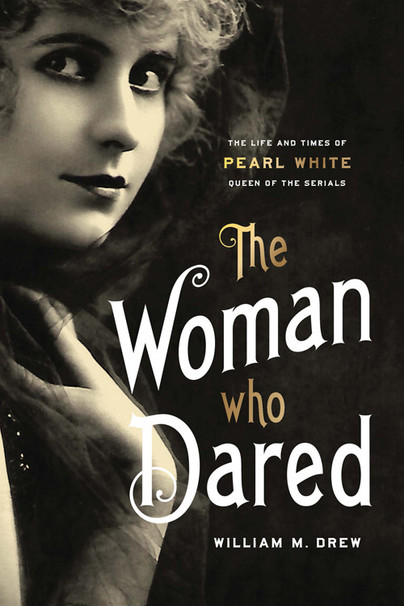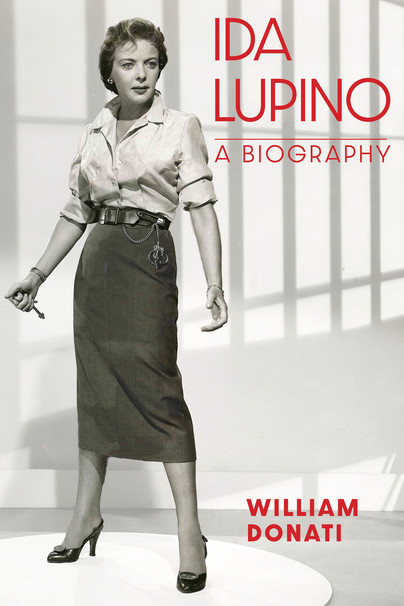
Format: Paperback
Description:
This book proposes a narrative model for the creation of immersive and interactive filmic experiences, in which the interactor has agency within the virtual environment to alter the course of the story and shape their own journey. The book focuses in detail on the epistemology of the immersive interactive movie by analysing its aesthetic, narrative and interactive features, examining the workflow of production and presenting an evaluative protocol for VR experiences of this kind. From the nature of the frameless moving image to the newest human-computer interfaces, passing through the design and evaluation of interactive digital narratives, this volume builds a bridge between cinema and VR, proposing that all VR movies should be interactive.

